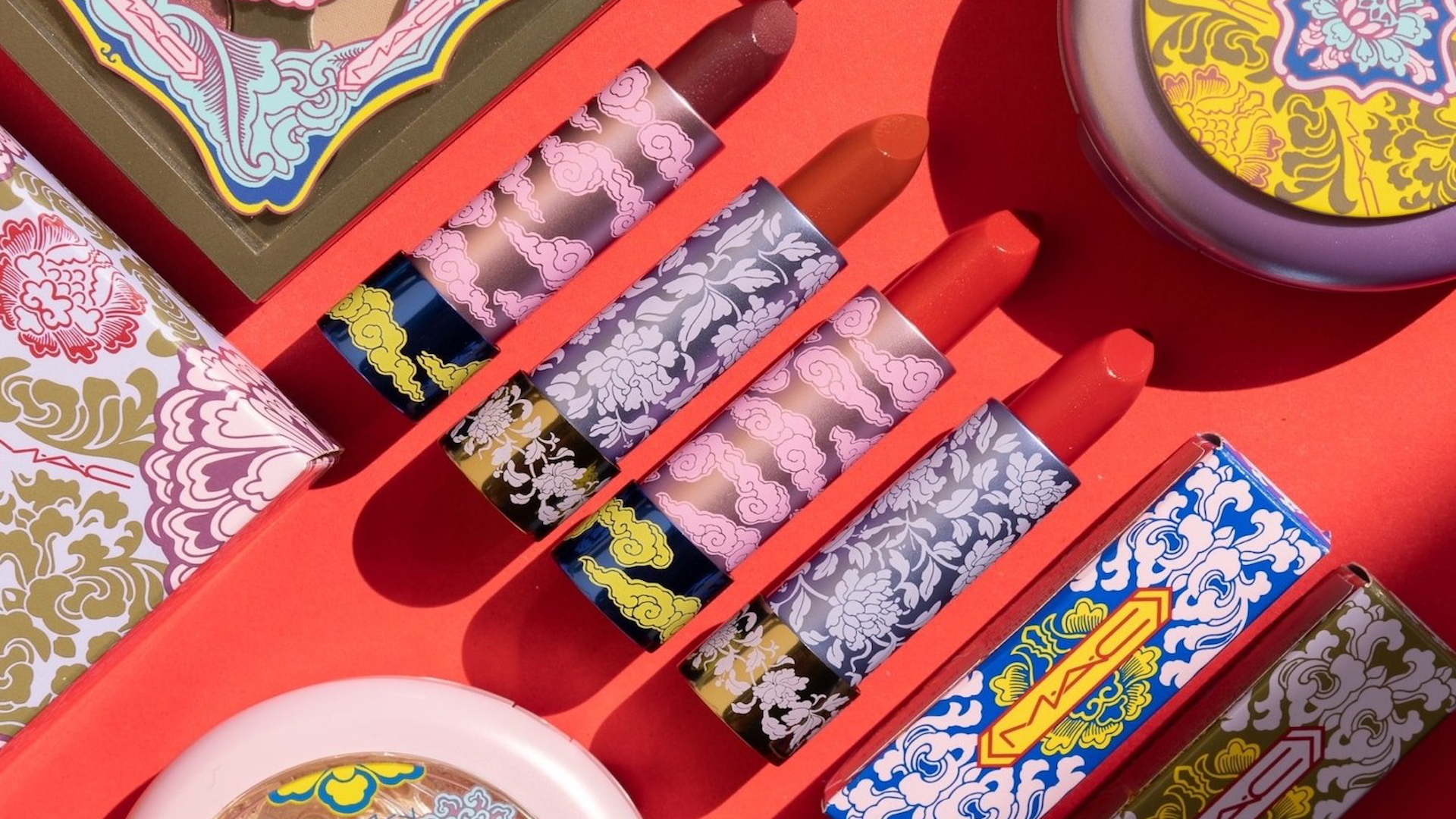How did a museum sell more than 100,000 lipsticks in just four days? The answer: a crossover collaboration. In 2018, Beijing’s Palace Museum worked with Biohyalux, a Chinese skincare brand, to create a limited edition lipstick that paired Chinese heritage with contemporary cosmetic tastes.
Crossover collaborations may not be new, but in China they have gained considerable traction in recent years on the back of the country’s wenchuang craze, the phenomenon of cultural institutions creating historically inspired products for Millenial and Gen Z consumers. But how, exactly, is a crossover collaboration launched and what factors determine success? This was the central topic of a webinar hosted by WITH, a digital marketing consultancy firm based in Paris.
Here, JCC offers the webinar’s answers to some of the essential questions surrounding crossover collaborations:
Why should brands participate in crossover collaborations?
Crossover collaborations have grown substantially in China since 2015, producing $14.5 million in sales revenue last year, a 16 percent increase from 2018. Beyond the potential to generate short-term revenue, branching into new categories helps reach new consumers as does exposure on social media.
What makes a crossover collaboration successful?
According to WITH, the key to a successful crossover collaboration is creating a limited edition product capable of generating a sense of urgency for consumers. Next comes the drop, limiting the number of products encourages consumers to pre-order, or purchase as soon as the product launches.
There are three further important components to consider: brand equity, i.e. leveraging some aspect of the brand’s heritage, consumer insights, and platform DNA, an awareness of the specific strengths and weaknesses of the e-commerce platforms chosen for the campaign.
In 2019, for example, Honor of Kings, a Chinese mobile game with more than 100 million players, collaborated with cosmetic brand MAC on a set of lipsticks. The presale drove 14,000 pre-orders and all products sold out on the first day of release.

Chinese tech giant Tencent launched Honor of Kings in 2015. Image: M.A.C
How should brands choose a collaboration partner?
Identifying the right partner for a collaboration is an essential first step. Zhijing Wu, Digital Strategist at WITH, advises brands to “be bold and unconventional”, as successful collaborations are often launched by “those who are unafraid of multicultural collaborations”. Put simply, unlikely pairings often produce greater results.
Crossovers can also involve an individual, such as a celebrity, a brand from a different sector, or even an intellectual property (IP), ideally with a devoted fanbase.
Last year, global footwear brand Sketchers paired with One Piece, a Japanese manga series, on a limited edition sneaker series. The collaboration was so successful in Asia it dropped a second time and followed up with an expansion to the US, Canada, and Europe.

The limited collection included One Piece details printed on the insoles, tongue. Image: Skechers
When should brands release a crossover product?
The timing of a crossover collaboration is key and must be chosen according to the collaborators. Choosing the right moment to release the product can be achieved in a few ways: using traditional e-commerce festivals, such as Chinese New Year or Singles Day, launching at brand key moments, such as the anniversary of one of the brands, or through consumer insights, using the consumer’s lifestyle to create a connection.
M.A.C. cosmetics’ collaboration with China’s Forbidden City launched in the run up to Chinese New Year festival, also a major sales opportunity for e-commerce platforms. A WeChat post promoting the lipsticks went viral in the run up to the release drawing more than 100,000 pageviews.

The limited edition lipsticks were priced at RMB 199 ($29). Image: MAC
Edit by Richard Whiddington



